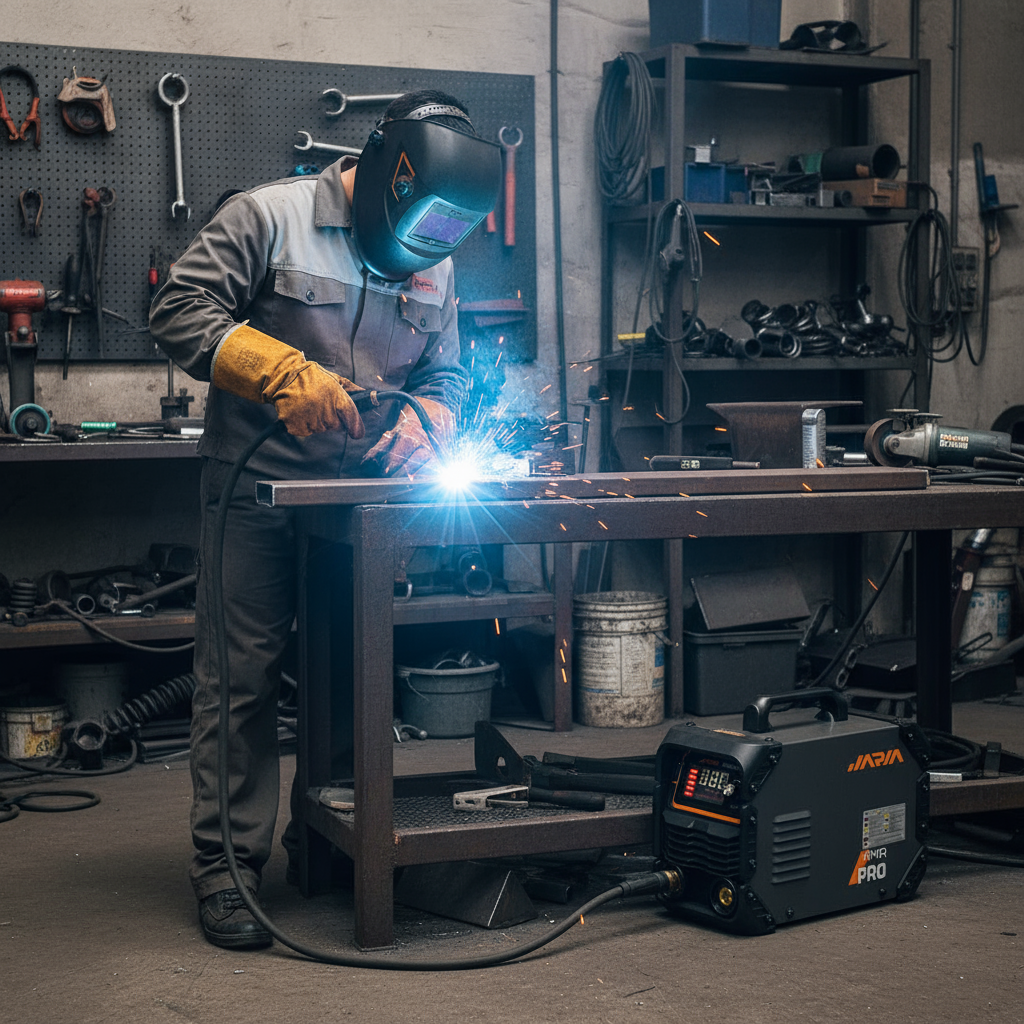No products in the cart.
All products

Welding technology offers various machine types designed to cater to different materials, applications, and skill levels. Understanding the strengths and limitations of each welding machine can help you choose the right tool for your project and achieve the best weld quality.
Overview of Welding Machine Types
- MIG Welding (Metal Inert Gas):
Uses a continuously fed wire electrode and shielding gas to weld metals. It’s popular in automotive repair, fabrication, and industrial applications, especially for welding thin to medium thickness materials like steel, aluminum, and stainless steel. - TIG Welding (Tungsten Inert Gas):
Employs a non-consumable tungsten electrode and inert gas shielding. TIG welders provide precise, clean welds typically used for stainless steel, aluminum, copper, and exotic metals where quality and appearance are critical. - Stick Welding (Shielded Metal Arc Welding – SMAW):
Uses consumable electrodes coated in flux. It’s versatile, suitable for outdoor use and thicker materials like steel and cast iron. Ideal for construction, pipeline work, and repair jobs. - Flux-Cored Arc Welding (FCAW):
Similar to MIG but uses a tubular wire filled with flux. FCAW allows welding in outdoor or windy environments without shielding gas. It’s effective for thicker materials and heavy fabrication. - Inverter Welders:
Compact and energy-efficient, inverter machines use electronics to convert power and provide adjustable welding parameters. Inverters support multiple welding processes and are ideal for portable, versatile welding tasks.
Applications and Materials
- MIG welders are widely used for automotive, aerospace, and light manufacturing due to their ease of use and speed.
- TIG welders excel in detail-oriented projects such as aerospace components and art metalwork.
- Stick welders are favored on construction sites and for thick structural steel.
- Flux-cored welders are perfect for heavy machinery and shipbuilding.
- Inverter welders provide flexibility for hobbyists and professionals working on varied metals.
Pros and Cons
| Type of Welding Machine | Pros | Cons |
|---|---|---|
| MIG | Fast, easy to learn, low spatter | Requires shielding gas, less suited for outdoor/windy areas |
| TIG | High-quality, precise welds, versatile materials | Slower process, requires skill |
| Stick | Portable, good for thick and rusty metals | More smoke and slag, requires cleanup |
| Flux-Cored Arc | No shielding gas needed, good for outdoor use | More smoke, slag removal needed |
| Inverter | Lightweight, energy-efficient, adjustable | More expensive, sensitive to power fluctuations |
